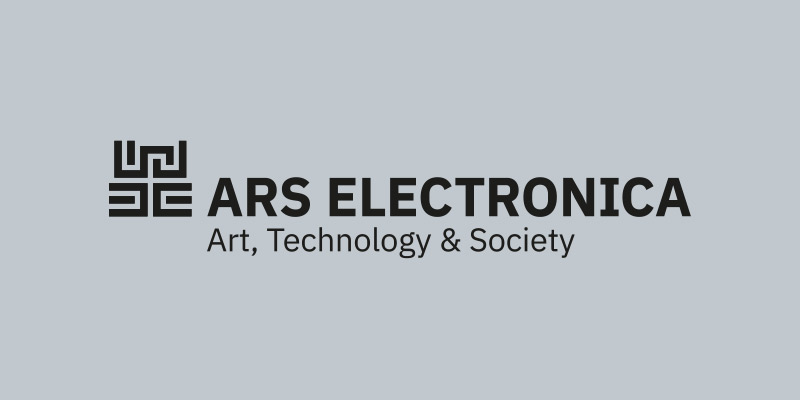The term PCR (polymerase chain reaction) is currently a buzz word. But what does this term actually mean? PCR can be used to copy DNA, the chemical substance in our cells that serves as a carrier for our genetic information. All living organisms use the same genetic code to store their genetic information. PCR can be used to copy specific sections of DNA for subsequent analysis or to insert the copied piece of DNA into the DNA of a foreign cell. For example, PCR and subsequent analysis of the PCR result can be used to prove paternity (with 99.999% accuracy), to identify genes responsible for hereditary diseases, or to determine the presence of certain pathogens such as viruses (e.g. SARS-CoV-2) or bacteria in a sample. Andreas Stürmer has already shown how this is done in practice in his Home Delivery Update: PCR – how a polymerase chain reaction works. This video now explains the theory of how it is possible to copy DNA at all and which processes take place during a PCR.

